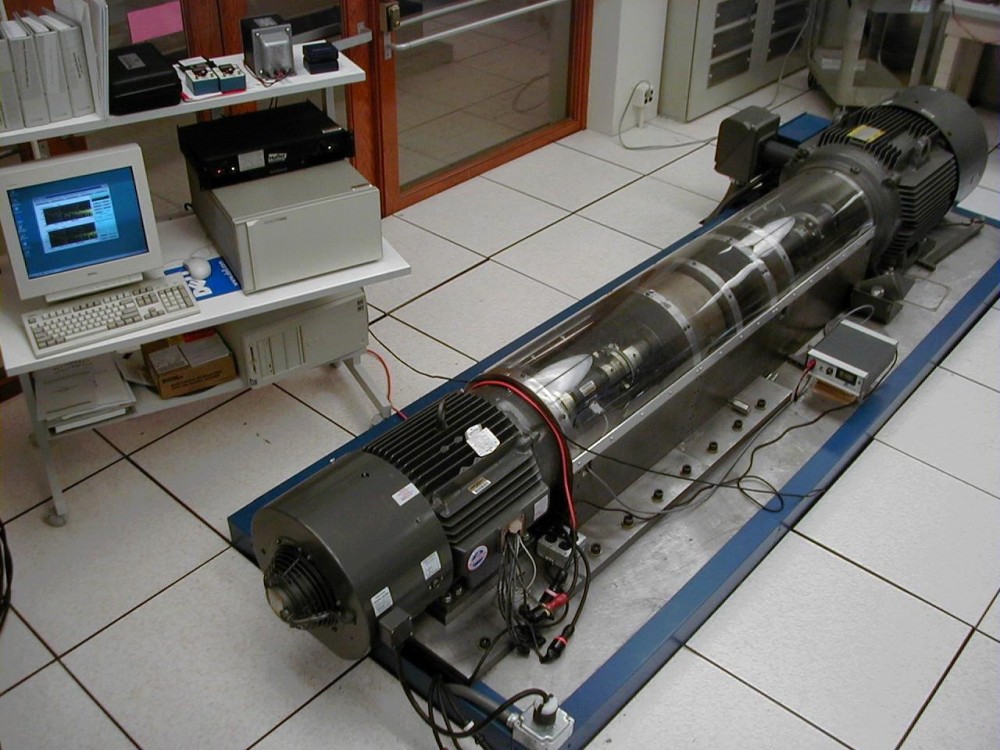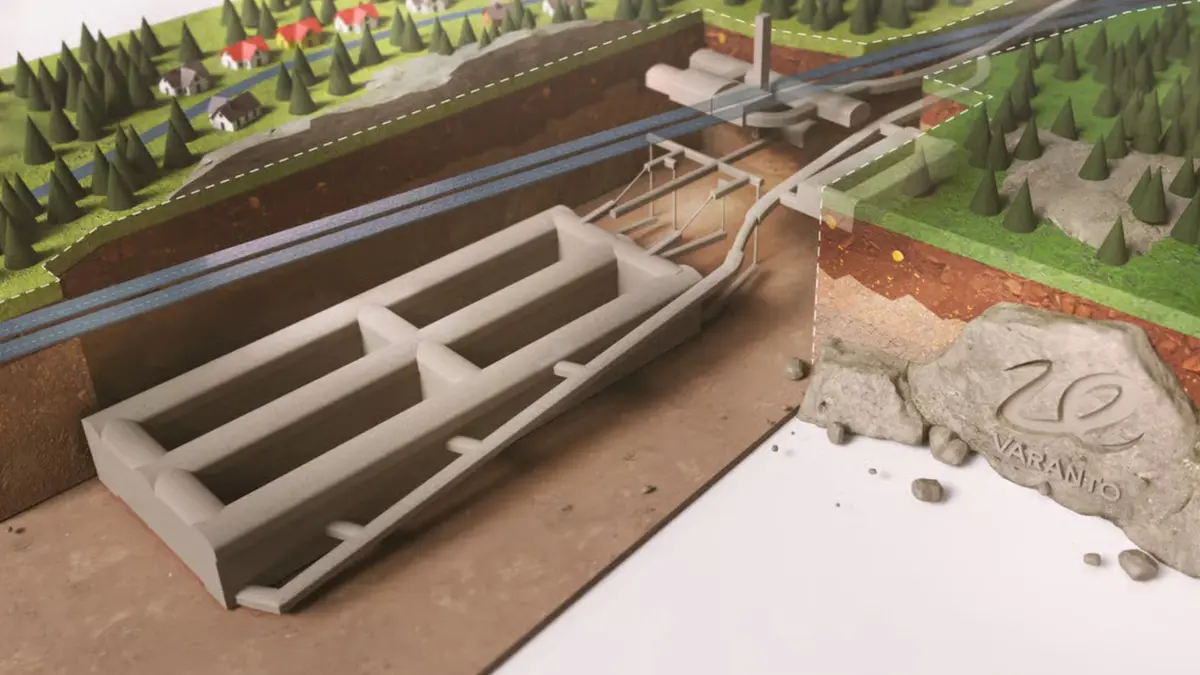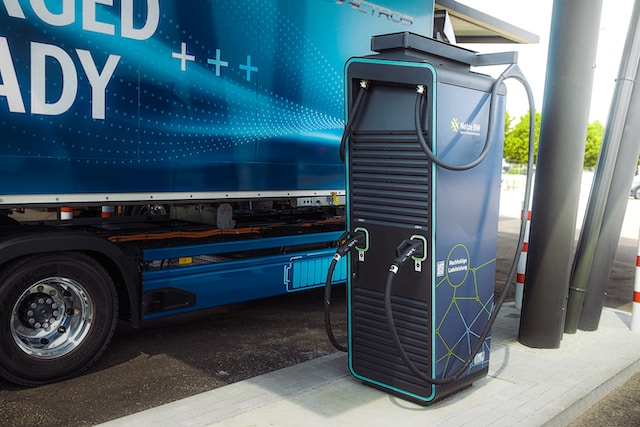After more than three decades of research and development, the conversion of wind energy into electric power has become competitive enough to make the industry competitive with fossil fuel alternatives. This grand development is just one of many in which technology is being used to recapture spent energy and capture energy in new ways. The US National Energy Strategy is a commitment to better efficiency in every stage of the production and use of energy.
The topic of energy conversion is complicated, but across the board in all types of energy creation, the trend seems to be towards improving efficiencies. One of the big areas of concentration is converting the already abundant thermal energy created by industrial processes into electricity. Another main area of focus is wind energy plants or turbines which use a local lower-voltage collection system to move energy from turbines to transmission substations. Turbine placement is critical in these setups to achieve maximum energy extraction. Even in the area of fracking, huge amounts of “geofluid” is injected into wells with the possibility that a large amount of it can be returned to the injection wells to improve the “gravity head flow effect.” And finally, in a variety of industrial processes, systems can be set up to meet energy requirements through the use of ground source heat pumps.
At the bottom of all of these attempts to power industrial processes is the concept of utilization efficiency — the ratio of the power output to the rate of exergy in a given system. Solar energy conversion systems (SECS), for example, can passively generate energy as heated fluid or gas or as CPV, PV, PETE, etc.
Each type of energy has its own efficiency of conversion. For example, the thermodynamic efficiency of oil extraction (35%) is lower than that of coal (66%) and natural gas (73%). The energy conversion in electric power plants, one of the most widely used conversion systems in our time, is constantly under study so that it can be improved.
Then there are the downstream uses of energy where efficiency is important. For example, home furnaces produce heat with an efficiency of energy conversion of 59% which is an improvement over oil furnaces.
The following is a short primer on energy conversion.







